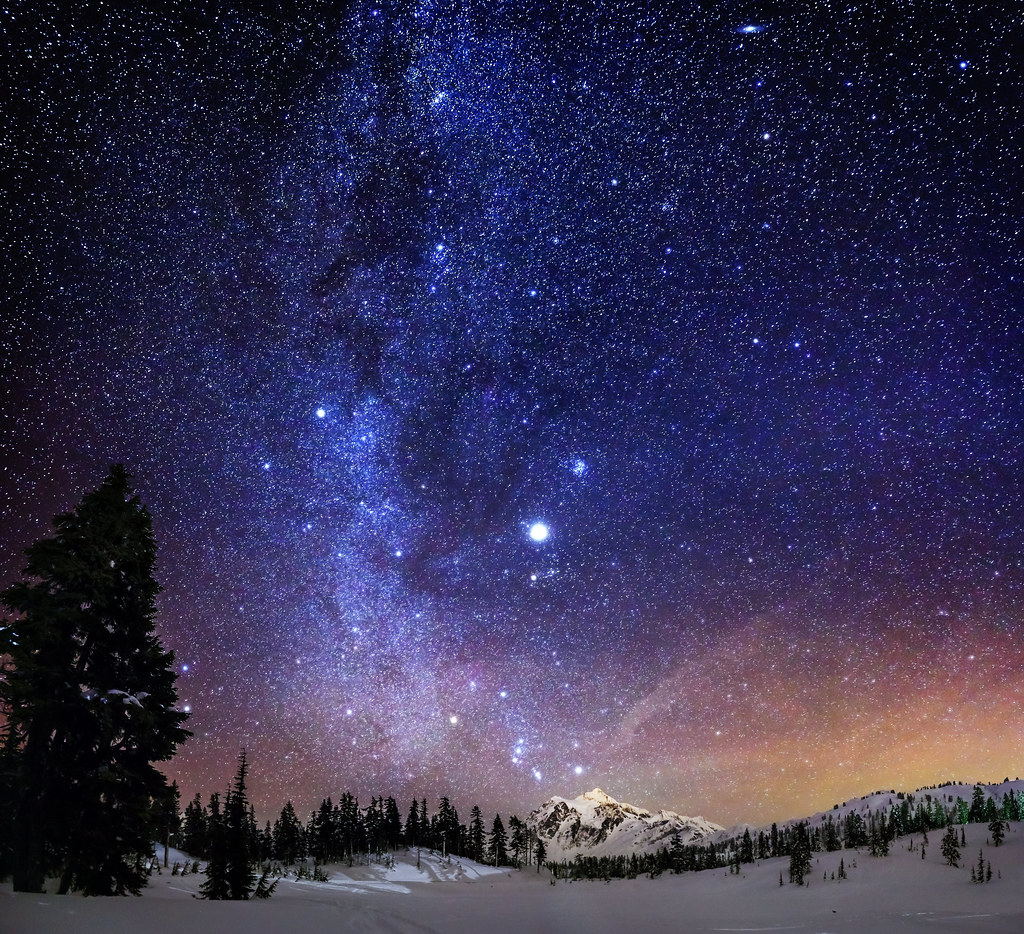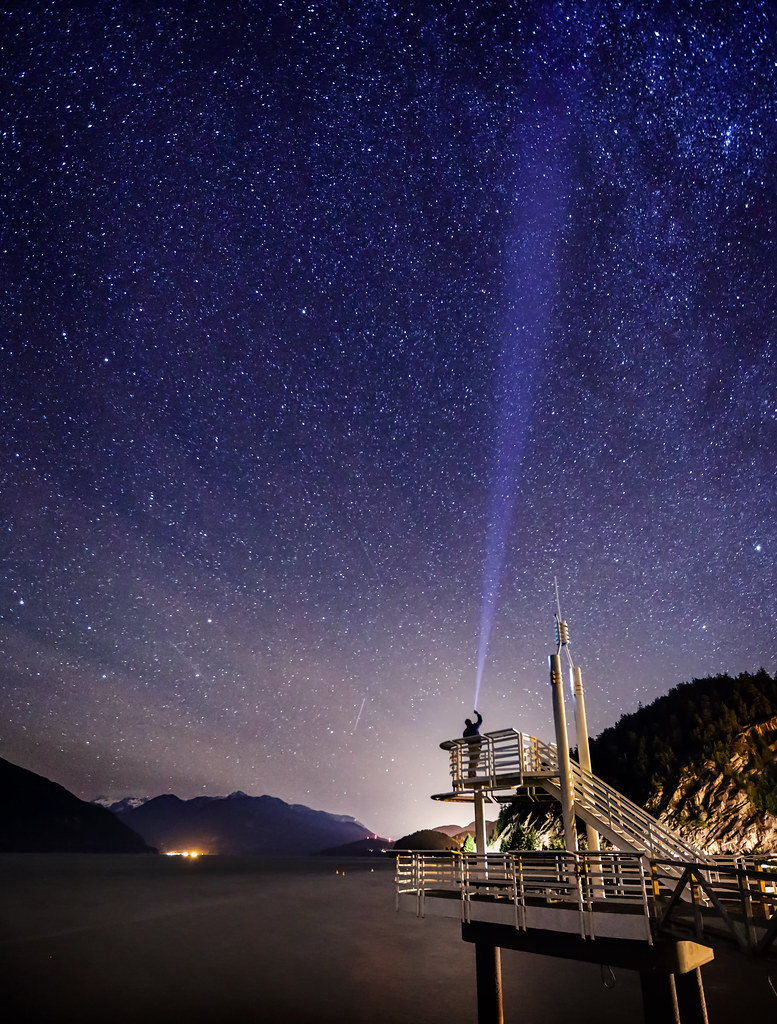Axilrod said:Oh and what's the story with your equatorial mount? Did you make that yourself?
Axilrod - the tripod, wedge and drive base are from an 8 inch Celestron I've had for 35 years, the optics are great but it needed to be on a better mount to reach its potential. The wood is recycled from another project and the tripod head lives either on this mount or my home made slider depending on what I'm doing. Older Celestron mounts come up for sale on Astromart once in a while when people transplant the scope to a better mount like I did. There's another used equipment website I've used, I can't find it with Google but I have the link on my home computer, I'll PM you with it. Orion sells a small equatorial setup as an intro to astrophotography but it just won't handle much weight. A used CG5 or SkyViewPro mount for a good price would be an excellent setup, you wouldn't need the computerized version of either. I use my old C8 mount setup for tracking with up to a 300/f4L. Setting it vertical I can do panning time lapses. I've even used it with the mount vertical and the camera pointed straight up in my back yard, the trees rotate around the perimeter of the frame while the stars slowly parade through....would be interesting to try in a place like Joshua Tree. I'm blocked here at work from getting to the link, it's on YouTube, you should be able to find it with search terms 'emagowan' and 'SkySpin'.
Upvote
0




